Have a cup of Sino-tea with me! This is how the Chinese drink tea during their workday. With photos.
Tea culture goes back thousands of years in China, with written accounts in the Shang Dynasty, 1,600-1,000BC, describing drinking the brew for medicinal purposes. Since then, it has transformed the way people drink beverages across our Pale Blue Dot, in the vast majority of humanity’s cultures. Think about it: how different would humanity’s civilizations be without tea in their daily lives?
In tea shops across China, its culture is celebrated with poetry and incense. Pictured below is a sign in a Chaozhou, Guangdong Province tea shop,
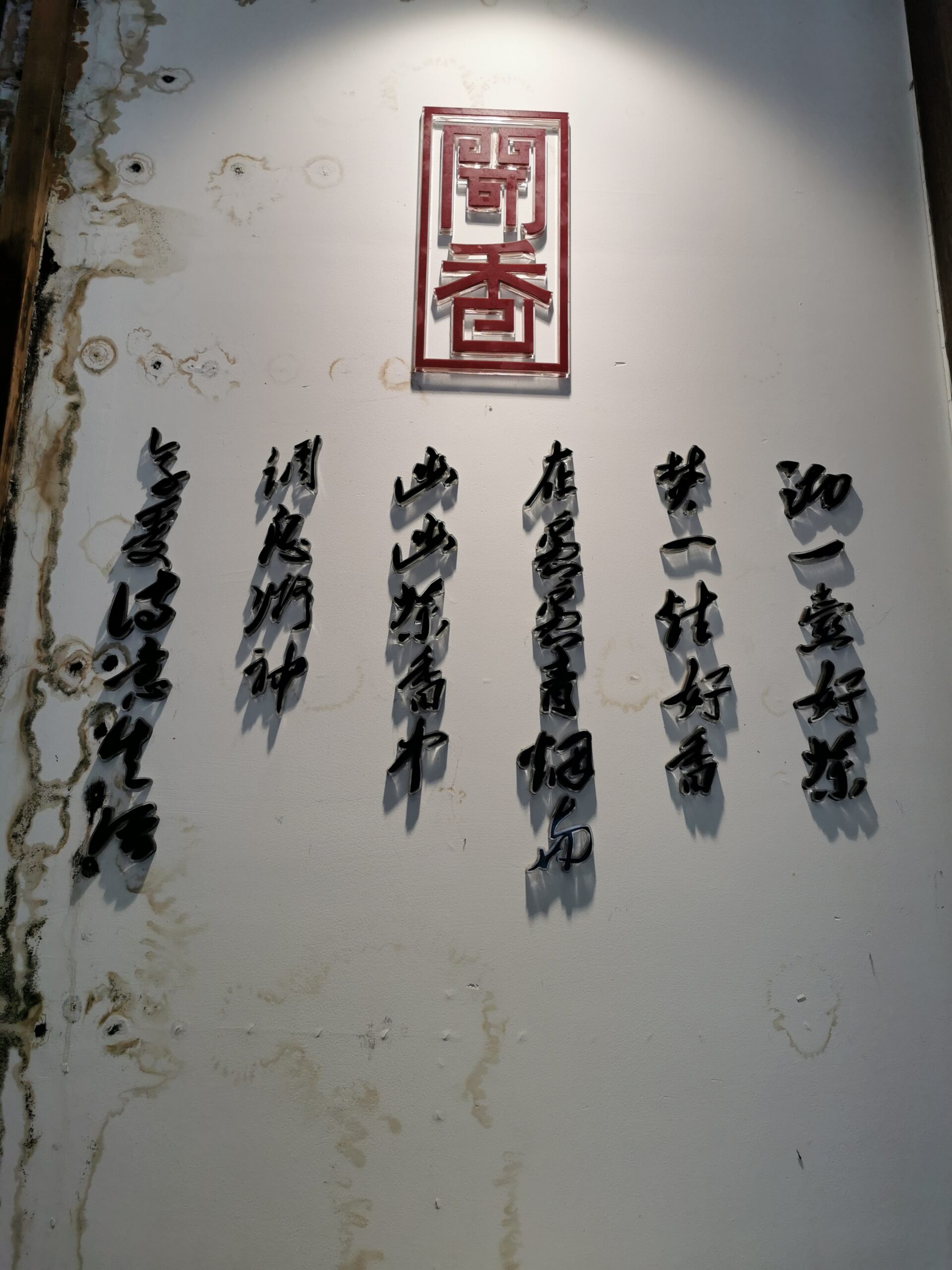
It says,
沏一壶好茶,焚一封好香,在袅袅青烟与幽幽茶香中,调息精神,享受诗意生活
Brew a pot of good tea, burn good incense; in the curl of smoke and faint tea fragrance, breath in the spirit and enjoy a poetic life.
The name of the store, the red logo says, 闻香,Wenxiang, which means, “smell the aroma”.
Tea can be dirt cheap or cost up to thousands of dollars/euros for 200-300g. Tea varieties and quality are just as complex as wine and whiskey, maybe more so. This 200g can of black tea cost ¥200, about US$25, which makes for a good, drinkable tea,
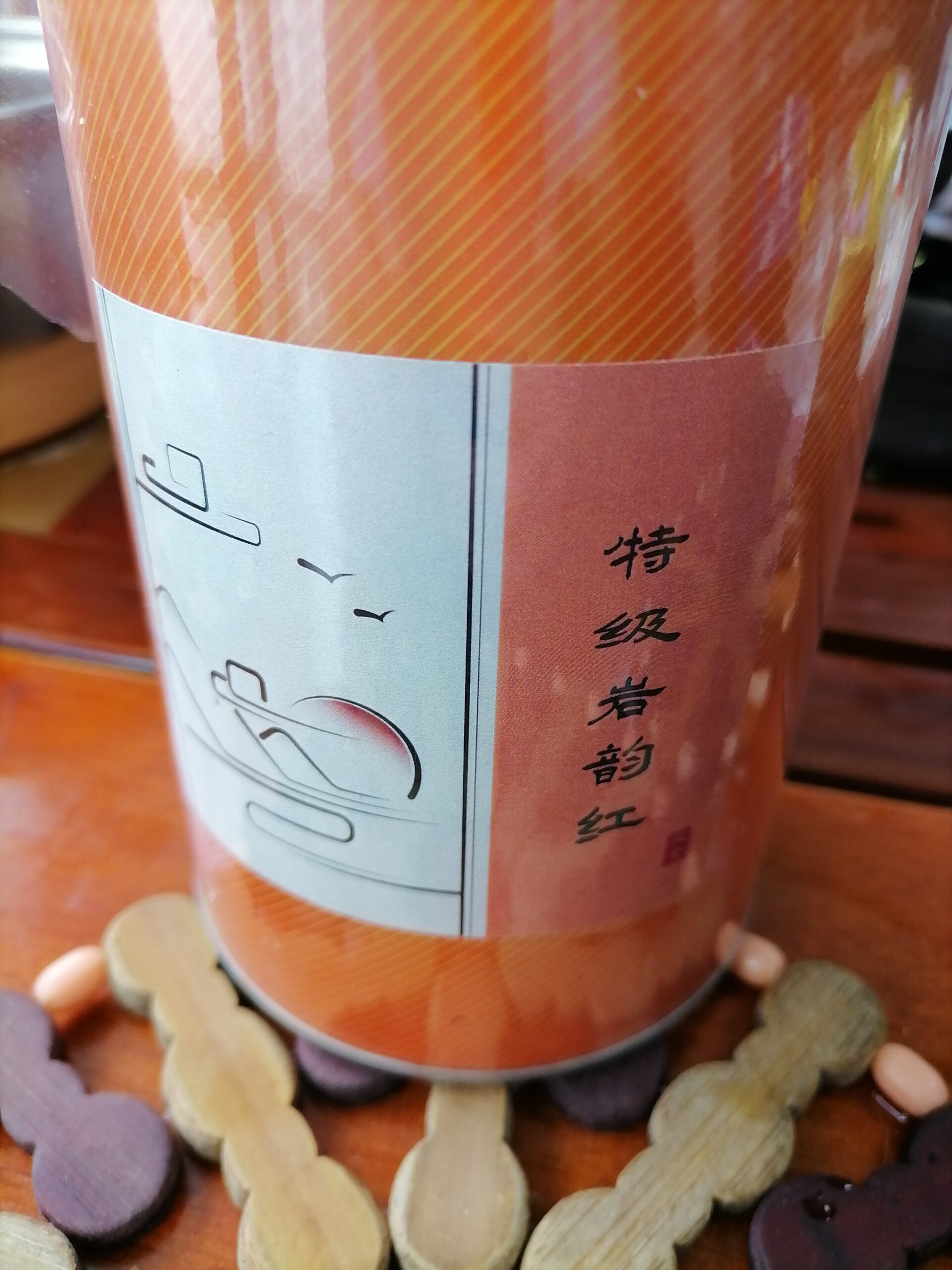
Chinese offices have tea services built into desks, for guests and workers, so that drinking tea all day is not a problem. Electricity (for hot plates) and water are piped into the desk and a catch pan is emptied at the end of each day. Special clay, called Yixing (宜兴) is the best for pots, bowls and cups. Yixing is in Jiangsu Province, north of Shanghai and this clay began being mined and used during the Song Dynasty, 900-1,200AD.
The first thing that must be done is to sterilize the teaware in boiling water, on the left. All the teaware is handled with big tweezers, never with the host’s hands. Then the teapot is filled behind it to bring the water to boil. It automatically fills it until full, then stops. You can see the grill in the wood tabletop where tea runoff drains into the catch pan below. Next to the window are several cans of mid-priced tea.
See the clay brewing bowl on the right, which has a sieved bottom. A good-sized handful of dry tea leaves is put into this raised receptacle and boiling water is poured over it. The tripod has a spout and the tea flows into the long-handled serving bowl below. Chinese do not “brew” tea like elsewhere. The water is poured over the tea up to 20-30 times and drunk straight away each round. The first several pours are very strong, as it gets weaker in concentration with each pour, the idea that the change in strength gives the tea a chance to express its taste and aroma many different ways. Not to mention lots of time to discuss business matters, contracts, current events and a day in the life!
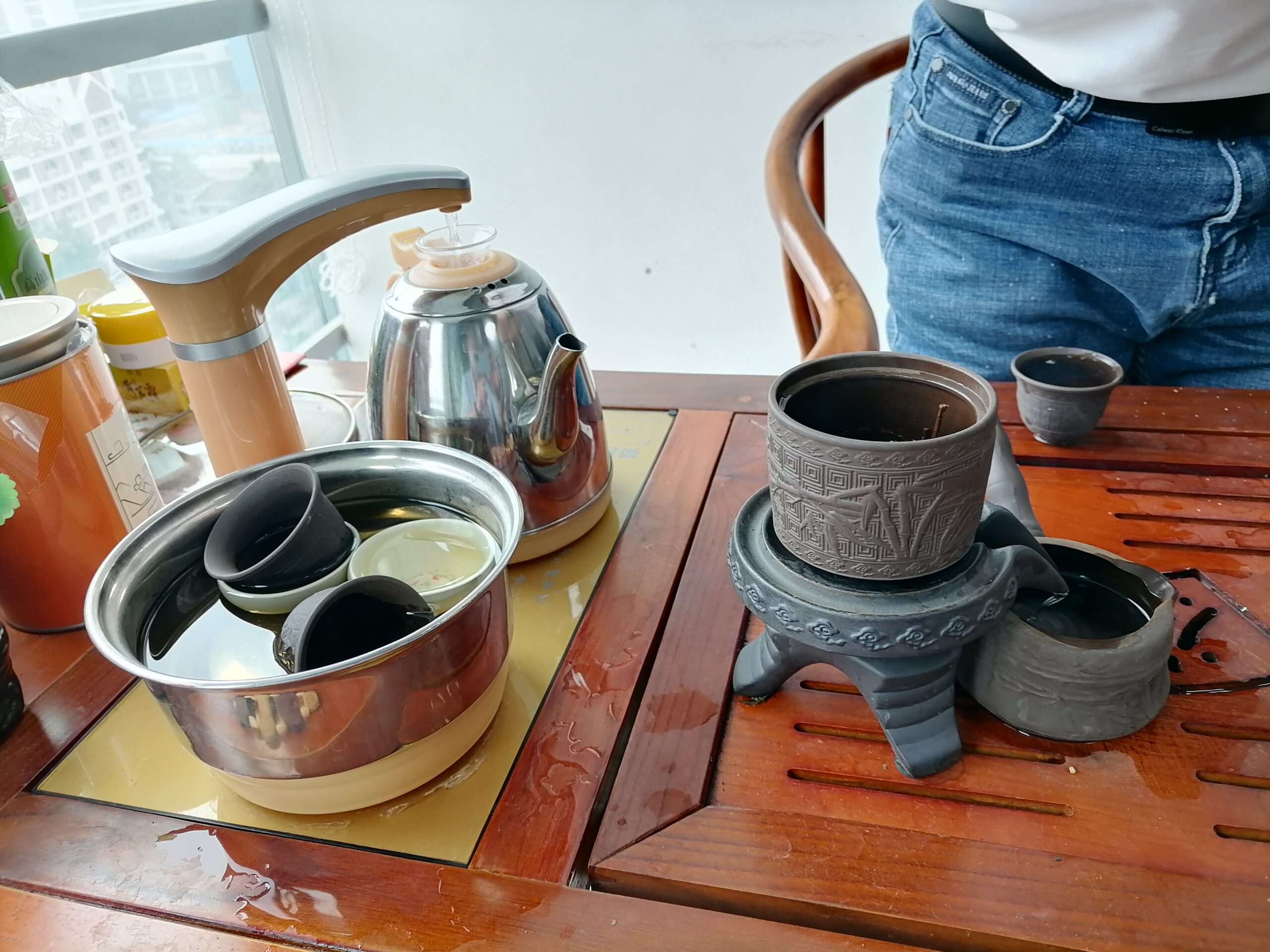
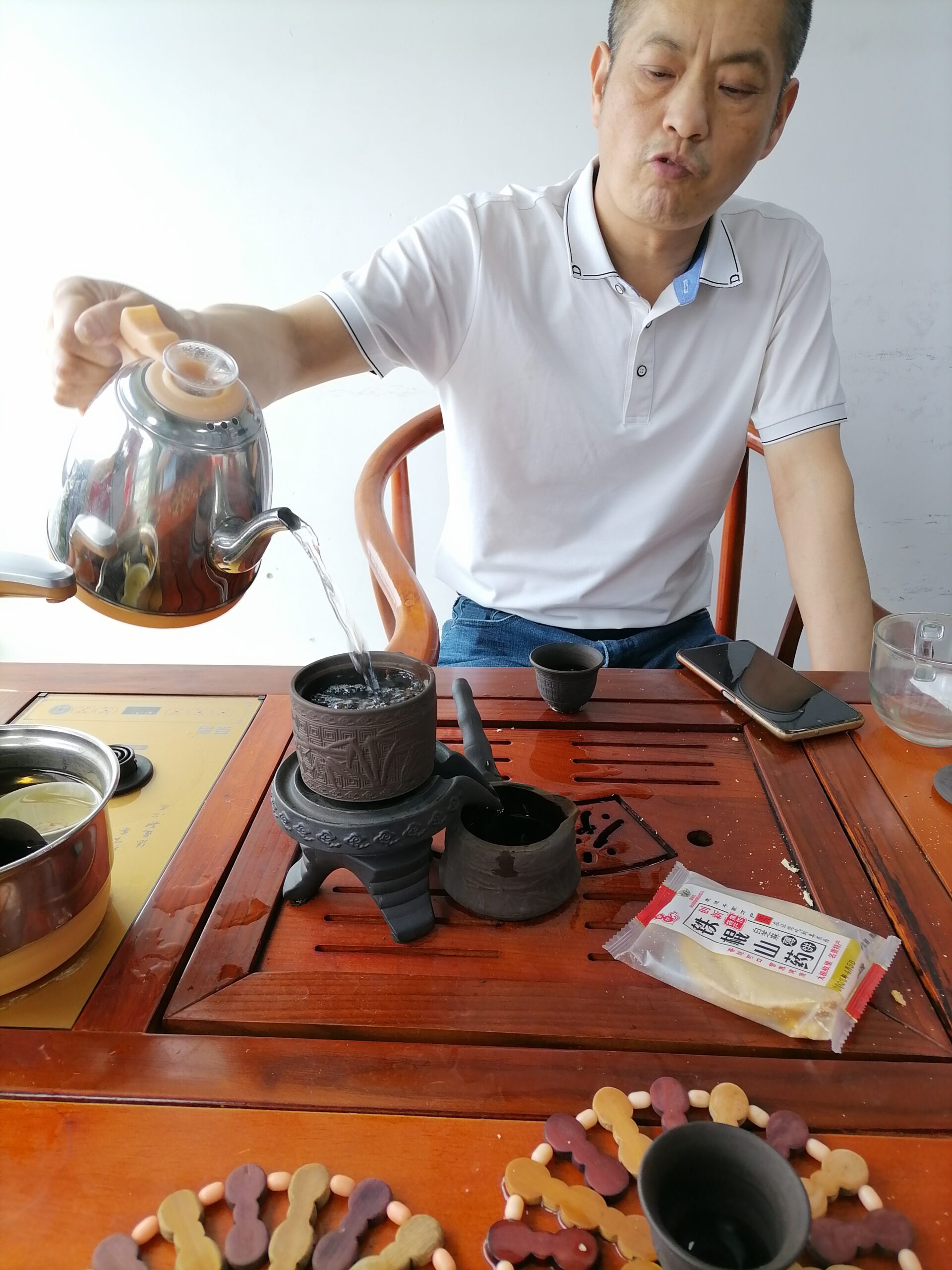
After filling up the serving bowl, the host first serves themselves to make sure it is drinkable, like tasting wine after the bottle has been opened, before pouring the guests’ glasses.
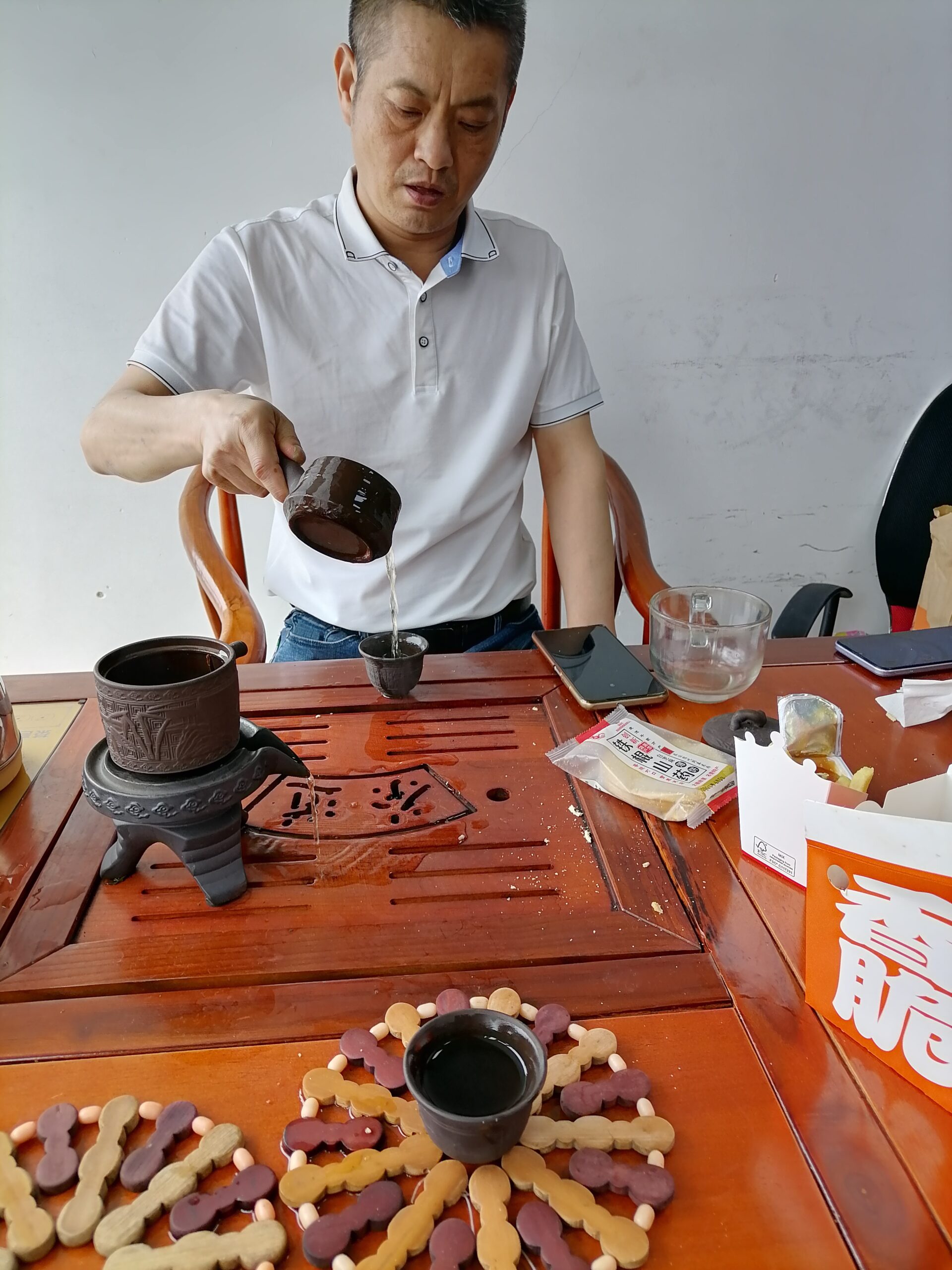
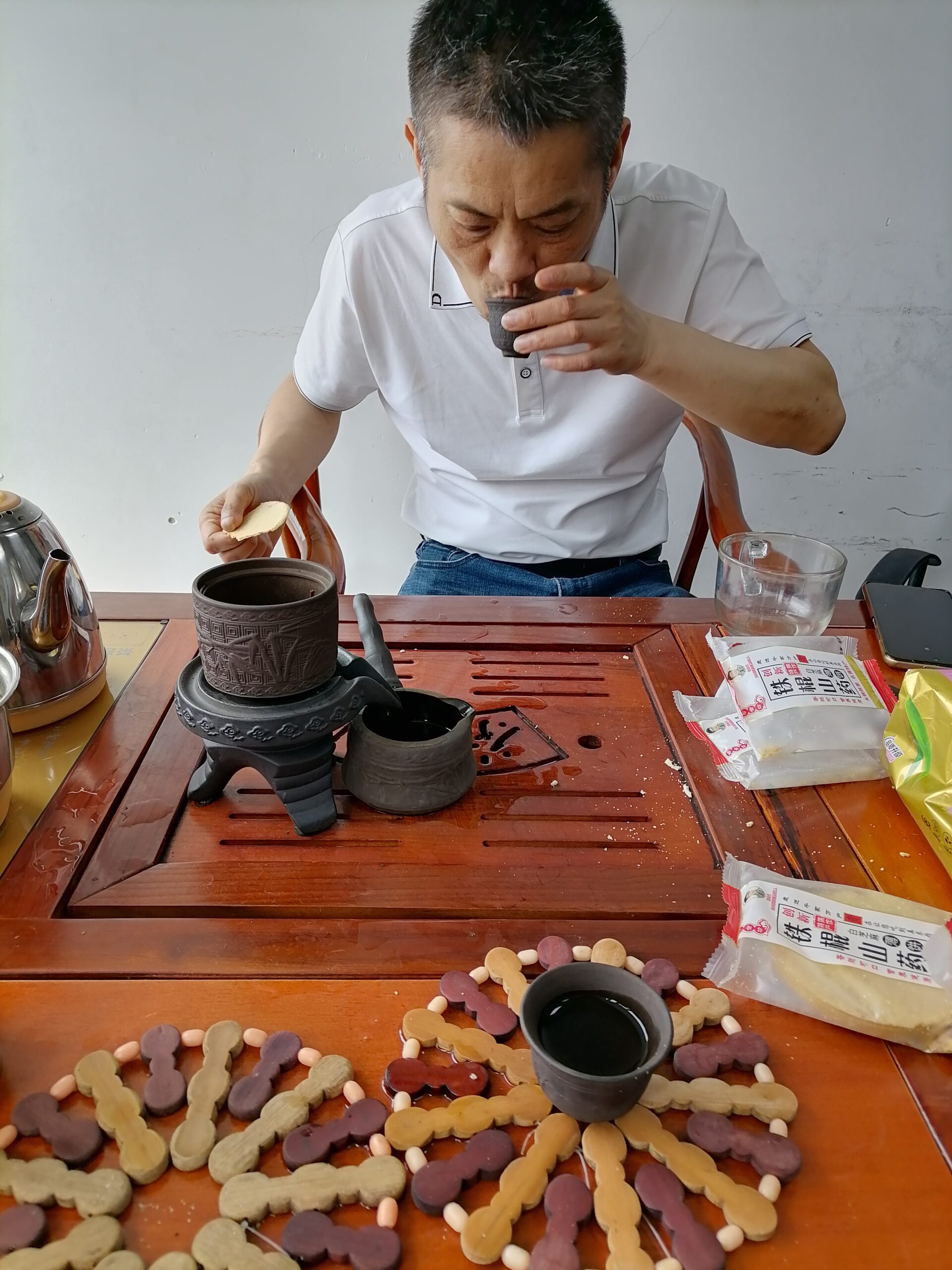
My tea in the bottom of the above photo got cold, because I was talking, so my Shenzhen CPA dumped it into the drain grill in front of him and then poured me a fresh, hot cup. We were noshing on Chinese snacks, which are quite different than Western varieties, being either salty, like chips, often made with sesame seeds, or with sugar, like biscuits, but not nearly as sweet,
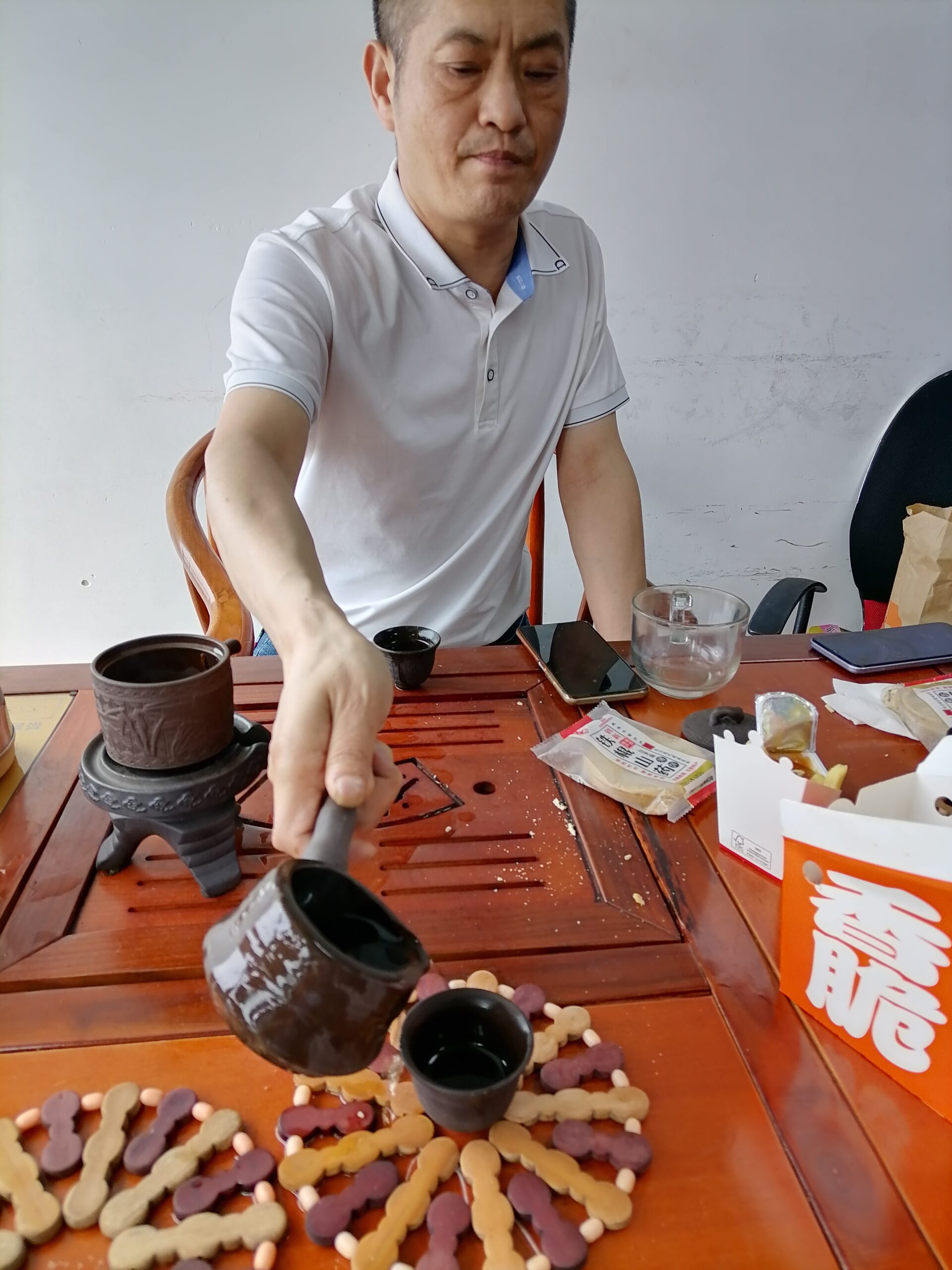
ENJOY YOUR NEXT CUP OF TEA!

 Previous Post
Previous Post Next Post
Next Post